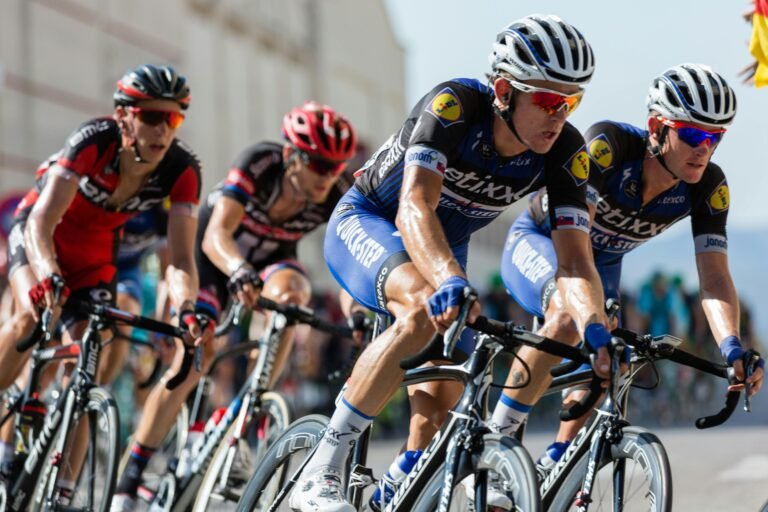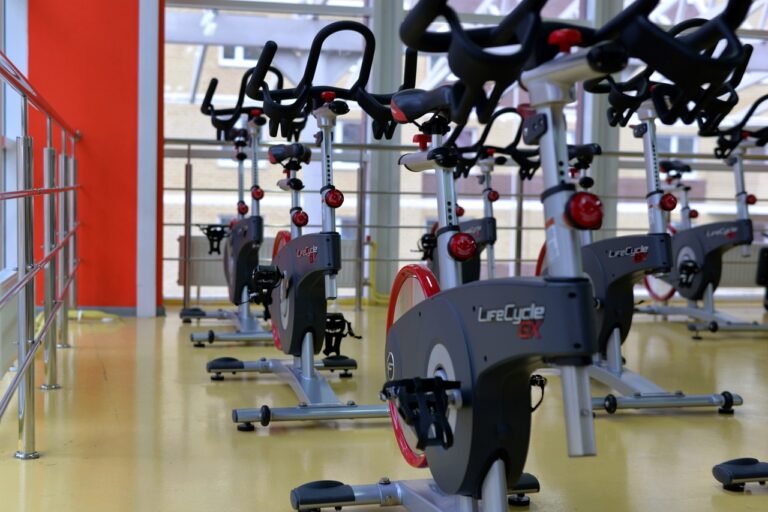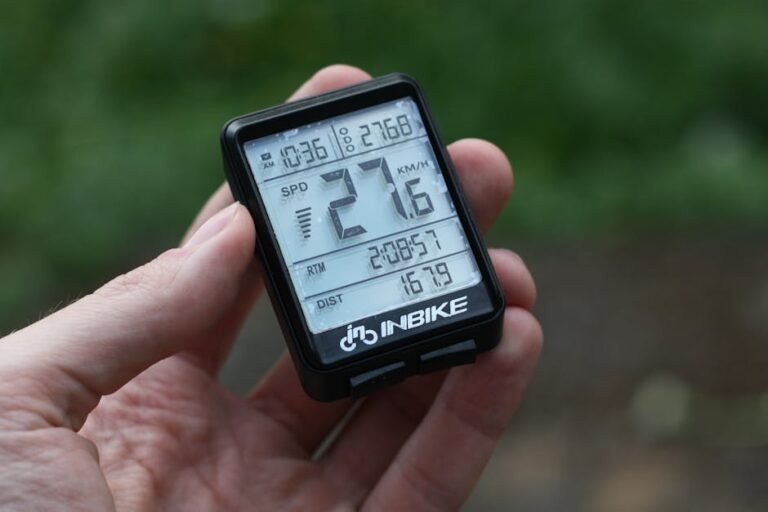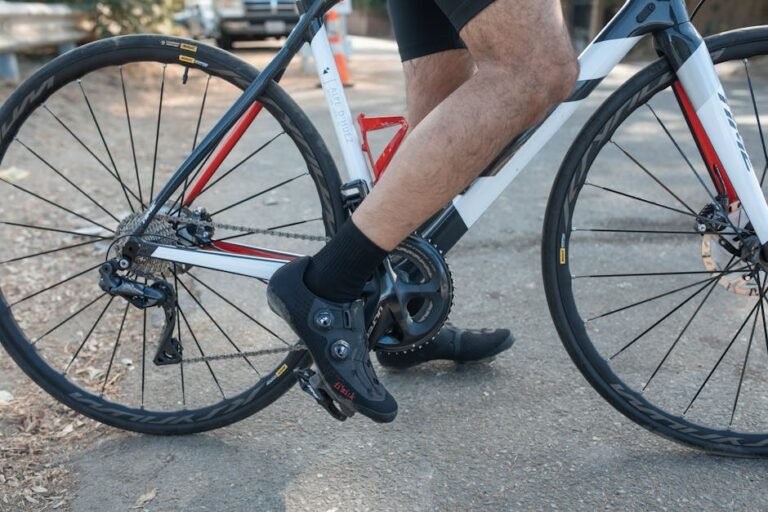eMTB Suspension Setup Guide
Optimize Sag, Rebound, and Compression for Peak Trail Performance
If you’re serious about getting the absolute best performance out of your electric mountain bike (eMTB), mastering your suspension setup is non-negotiable. A properly tuned suspension delivers not just better control but also game-changing comfort and efficiency. Whether you’re tackling uphill climbs, bombing downhill descents, or navigating gnarly technical trails, the right suspension setup ensures your eMTB feels solid under any condition.
Ready to transform your ride from average to awesome? Let’s dive into your eMTB suspension setup and optimize performance like a pro.
Understanding eMTB Suspension Basics
Before adjusting your suspension, it’s crucial to know the ins and outs of how it works, especially on eMTBs. Suspension systems work to absorb shocks from rough terrain, giving you better traction, stability, and control. Here’s what you need to know:
Types of Suspension: Front (Fork) vs. Rear (Shock)
Your eMTB comes with either front suspension (a suspension fork) or a dual-suspension setup (fork and rear shock). The fork manages impacts on your front wheel, while the rear shock minimizes vibrations transferred through the frame, offering extra stability. Dual-suspension setups, or full-suspension eMTBs, are particularly good for technical and downhill riding.
How eMTB Suspension Differs from Standard MTB Suspension
Because eMTBs are heavier due to motors and batteries, their suspension needs to handle extra weight while maintaining responsiveness. E-mountain bike suspension is often tuned to provide more support under load to keep the bike efficient and nimble on the trail.
The Role of Suspension in Handling Extra eMTB Weight
With an eMTB’s additional weight, a poorly set suspension can lead to exaggerated bottom-outs, less efficient climbing, or harsher rides. Proper adjustment ensures your bike feels balanced, providing the pop and flow that makes riding truly exciting.

Essential Components of Suspension Setup
Sag: The Key to Perfect Suspension Balance
Sag refers to how much your suspension compresses when you’re sitting on the bike. For eMTBs, the ideal sag is typically 25-30% of the total suspension travel. Too little sag, and your ride feels too stiff; too much sag, and you’ll lose power and efficiency.
Compression and Rebound
Compression controls how quickly your suspension absorbs impacts. It’s crucial for maintaining control during big hits. Rebound, on the other hand, determines how fast the suspension returns to its original position after compression. If it’s too slow, you’ll feel sluggish. Too fast, and your bike could “buck” unpredictably.
Air Springs vs. Coil Springs
Most eMTBs these days feature air springs, thanks to their lightweight and tunability. Coil springs, while heavier, provide smoother performance on super-rough terrain, making them popular with downhill enthusiasts.
Step-by-Step Guide to Setting Up Your EMTB Suspension
This section gets down to business, giving you tactical steps for a killer suspension setup.
Step 1: Measuring and Adjusting Sag
To find and adjust sag, you’ll need a shock pump, a ruler, or a sag indicator.
- Gear Up: Wear your usual riding gear and backpack to reflect your full riding weight.
- Sit Still: Sit on your bike in your typical riding position with your feet planted.
- Check Compression: Measure how much your shock compresses using the sag indicator or ruler, aiming for 25-30%.
- Adjust Air Pressure: Use the shock pump to increase or decrease air pressure until you hit the sweet spot for sag.
Step 2: Setting Rebound for Riding Styles
Rebound settings vary by terrain. Fast rebound is better for technical terrain to “reset” your suspension quickly, while slower rebound improves stability on smoother trails. Refer to your suspension settings guide and fine-tune after test rides.
Step 3: Adjusting Compression for Different Trails
Turn your compression dial to strike a balance between bump absorption and pedaling efficiency. For rocky terrain, softer compression ensures better contact with the ground. For smooth trails, firmer compression boosts speed and power transfer.
Step 4: Testing and Fine-Tuning
Take your bike on a test ride across your favorite trails. Note how your adjustments feel and make minor tweaks as needed. Suspension setup is part science and part art—don’t be afraid to improvise!

Suspension Setup for Different Riding Styles and Terrains
Different trails and riding disciplines call for unique suspension tuning to unlock maximum performance:
Cross-Country Riding
For long-distance rides, lower sag (20-25%) is ideal, focusing on efficiency rather than bump absorption. Keep compression on the firmer side to prevent power loss when climbing or sprinting.
Trail Riding
Trail riders deal with mixed conditions that demand balanced settings. Aim for around 25-30% sag, moderate rebound, and medium-to-soft compression for comfort and performance.
Downhill and Enduro
If you’re bombing slopes or racing rough tracks, prioritize a plush suspension. Set sag closer to 30%, fast rebound, and soft compression to soak up every hit while staying glued to the trail.
Common Mistakes in EMTB Suspension Setup
It’s easy to make rookie mistakes that can wreck your performance. Avoid these common pitfalls:
- Forgetting eMTB Weight: Many riders fail to factor in the additional weight of their motors, batteries, and gear, leading to an undersprung setup.
- Neglecting Maintenance: Dirty or worn suspension components degrade performance. Keep your system clean and well-lubricated.
- Over-Tuning: Too firm or too soft settings can throw off your control and comfort. Get familiar with your bike’s limits.
How Rider Weight and Bike Load Affect Suspension Setup
Your weight, combined with gear and eMTB load, plays a huge part in suspension behavior. Heavier riders will need more air pressure or stiffer springs, while lighter riders need less. Even small details—like carrying tools or adding a phone mount—can subtly shift weight distribution and require minor adjustments.

Maintenance Tips to Keep Your EMTB Suspension in Top Shape
Keep your suspension buttery smooth by following these maintenance tips:
- Clean After Every Ride: Dirt and grime shorten the lifespan of seals and stanchions. Regular cleaning is a must.
- Inspect Components: Check for leaks, worn seals, or compromised pivots, and address them immediately.
- Schedule Professional Servicing: Every 50-100 hours of riding, have your suspension overhauled by a pro to maintain peak performance.
Top Tools and Accessories for DIY Suspension Setup
Want to tackle suspension setup like an expert? Grab these tools:
- Suspension Pump: Essential for adjusting air springs.
- Sag Measurement Tool: Helps you nail sag settings with precision.
- Lubricants and Maintenance Kits: Keeping your suspension adequately lubed ensures smooth action.
FAQs About EMTB Suspension Setup
How Often Should I Adjust My Suspension?
Evaluate your suspension settings anytime you change terrains, add accessories, or notice performance shifts. Minor tweaks based on conditions can make a huge difference.
Can I Use the Same Suspension Settings for All Trails?
Not really. Your suspension needs to adapt to different trails—firmer for smooth, fast trails and softer for technical, rough routes.
What Are the Signs My Suspension Needs Servicing?
If you notice leaks, reduced responsiveness, or a noisy shock, it’s time for a tune-up.
Wrapping Up
Dialing in your eMTB suspension setup is the ultimate hack for transforming your ride. From increasing efficiency to improving control and handling, properly tuning your sag, compression, and rebound makes all the difference. Combine routine maintenance with fine-tuning based on your weight and riding style, and you’ll have a bike that tackles trails with unmatched finesse.
Remember, optimal suspension setup isn’t just about comfort—it’s about making every ride insanely fun. Now, grab your tools, tweak those settings, and get ready to crush the trails. Happy riding!
Find More Resources on Bicycles
- Smart Bike Trainers: 2024 Best Picks with Features and Benefits
- How to Improve Cycling Endurance in 2025: 5 Proven Strategies for Cyclists
- Bicycle Chain Maintenance: 2025 How to Clean and Lube Guide
- How Do You Adjust Bike Brakes? A Step-by-Step Guide for 2024
- Recumbent Bike Benefits: The Ultimate Guide to Comfortable Cardio







